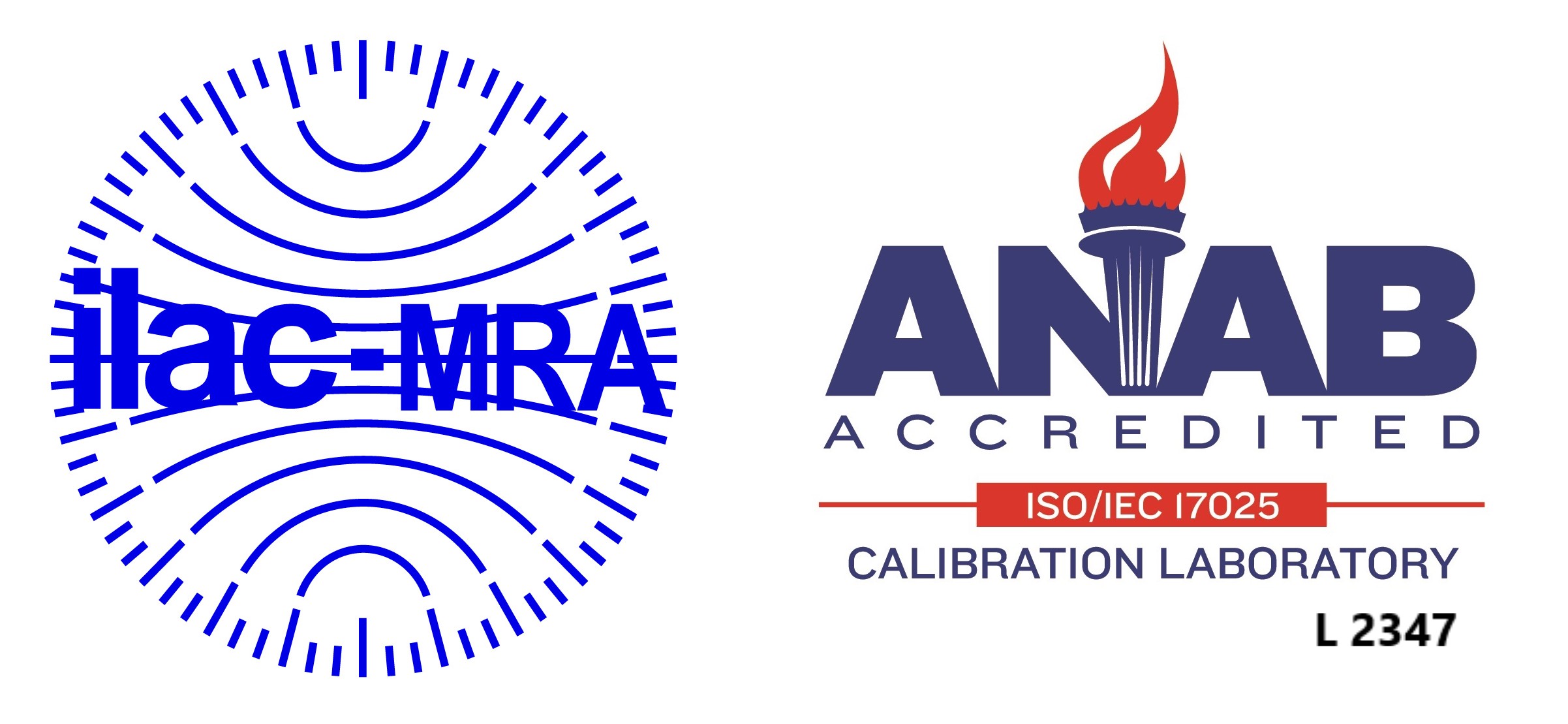Calibration services provided by American Standard Calibration Laboratory
Acoustics – Sound Pressure Level
|
Parameter |
Range |
|
Sound Level Meters |
(74 to 114) dB, |
Photometry and Radiometry
|
Parameter |
Range |
|
Lux , Light and White Light meters and detectors |
(0.1 to 100 000) lux |
|
Correlated Color Temperature of FEL Lamps and other Sources |
(2000 to 3200) K |
|
Correlated Color Temperature and Illuminance of FEL Lamps, Light Cabinets and Inspection Booths |
(0 to 20 000) K |
|
Chromaticity coordinates of Lamps and other Sources |
x, y |
|
Chromaticity coordinates of Lamps and other Sources |
u’, v’ |
|
Bilirubin / Phototherapy meters and detectors |
(0.1 to 2000) µW/cm2 |
|
UV-A / Black light meters and detectors |
(0.1 to 2000) µW/cm2 |
|
UV-B / Black light meters and detectors(280 to 315) nm |
(0.1 to 2000) µW/cm2 |
|
UV-C / Black light meters and detectors (100 to 280) nm |
(0.1 to 2000) µW/cm2 |
British scientist Lord Kelvin (William Thomson 1824-1907) is quoted from his lecture to the Institution of Civil Engineers, 3 May 1883…
“I often say that when you can measure what you are speaking about and express it in numbers you know something about it; but when you cannot express it in numbers your knowledge is a meagre and unsatisfactory kind; it may be the beginning of knowledge but you have scarcely, in your thoughts, advanced to the stage of science, whatever the matter may be.”
This famous remark emphasizes the importance that measurement has in science, industry and commerce. We all use and depend upon it every day in even the most mundane aspects of life – from setting your wristwatch in terms of the radio or telephone time signal, to filling the car fuel-tank or checking the weather forecast. For success, all depend upon proper calibration and traceability to national standards.
As components age and equipment undergoes changes in temperature or sustains mechanical stress, critical performance gradually degrades. This is called drift. When this happens your test results become unreliable and both design and production quality suffer. Whilst drift cannot be eliminated, it can be detected and contained through the process of calibration.
Calibration is simply the comparison of instrument performance to a standard of known accuracy. It may simply involve this determination of deviation from nominal or include correction (adjustment) to minimize the errors. Properly calibrated equipment provides confidence that your products/services meet their specifications.
Calibration increases production yields, optimizes resources, assures consistency and ensures measurements (and perhaps products) are compatible with those made elsewhere.
By making sure that your measurements are based on international standards, you promote customer acceptance of your products around the world. Of course, even with proper calibration it’s still possible to make bad measurements if the equipment isn’t correctly used.

